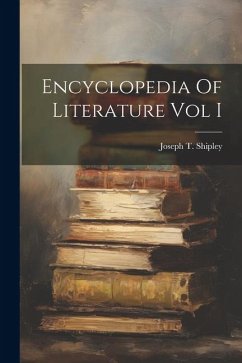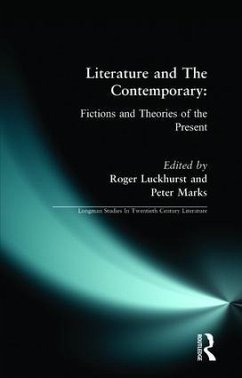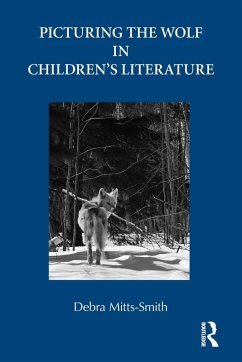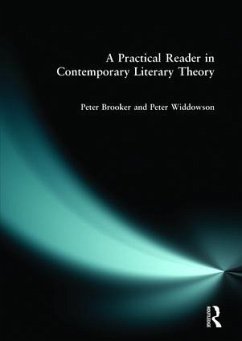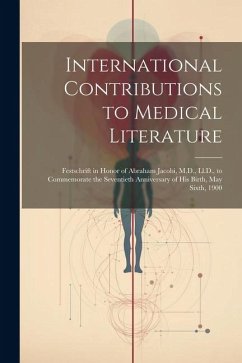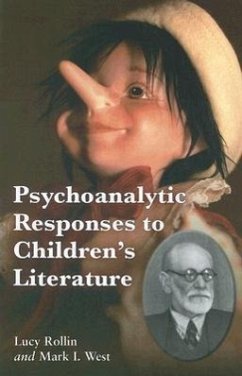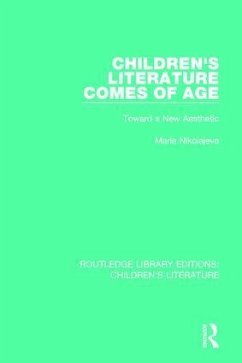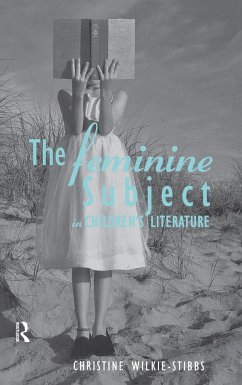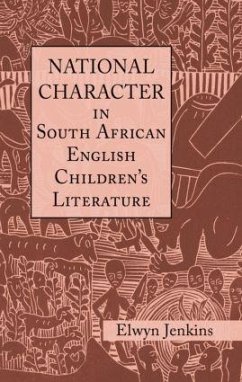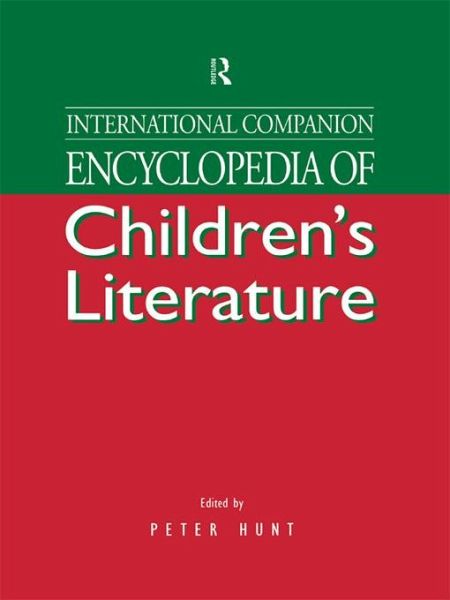
International Companion Encyclopedia of Children's Literature
Versandkostenfrei!
Versandfertig in über 4 Wochen
71,99 €
inkl. MwSt.

PAYBACK Punkte
36 °P sammeln!
The Encyclopedia offers comprehensive and international coverage of children's literature from a number of perspectives - theory and critical approaches, types and genres, context, applications and individual country essays.



